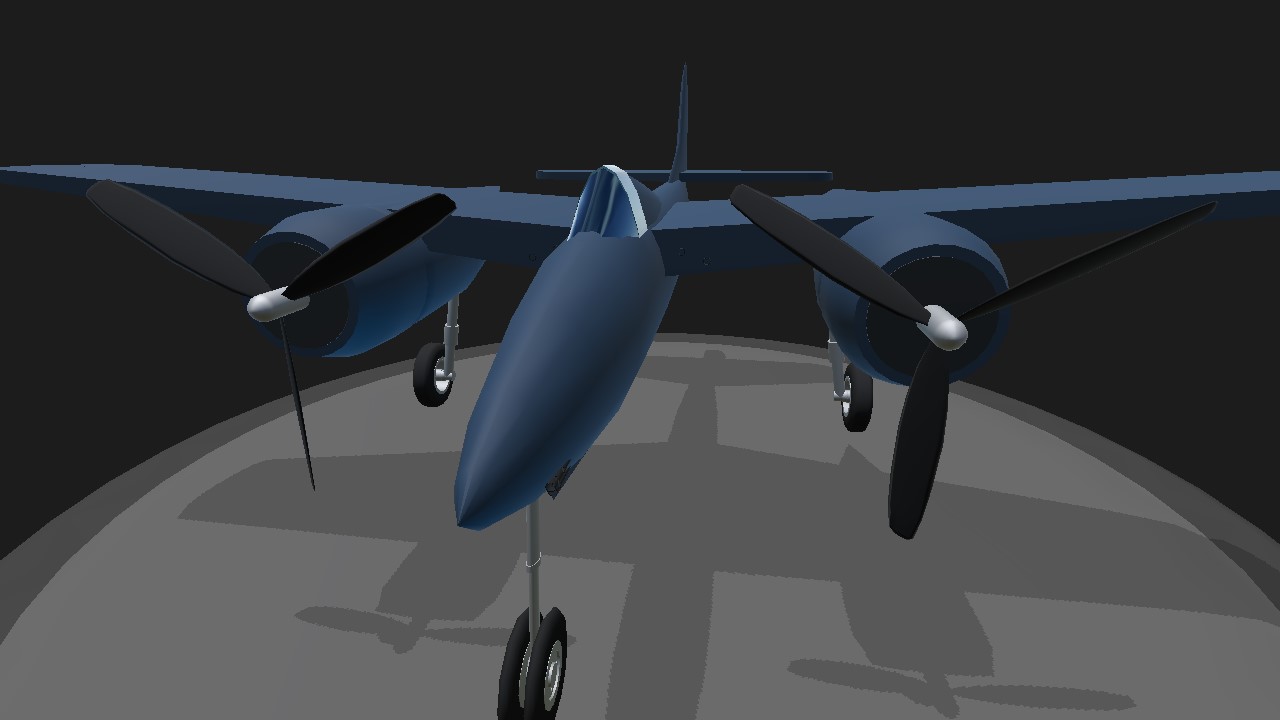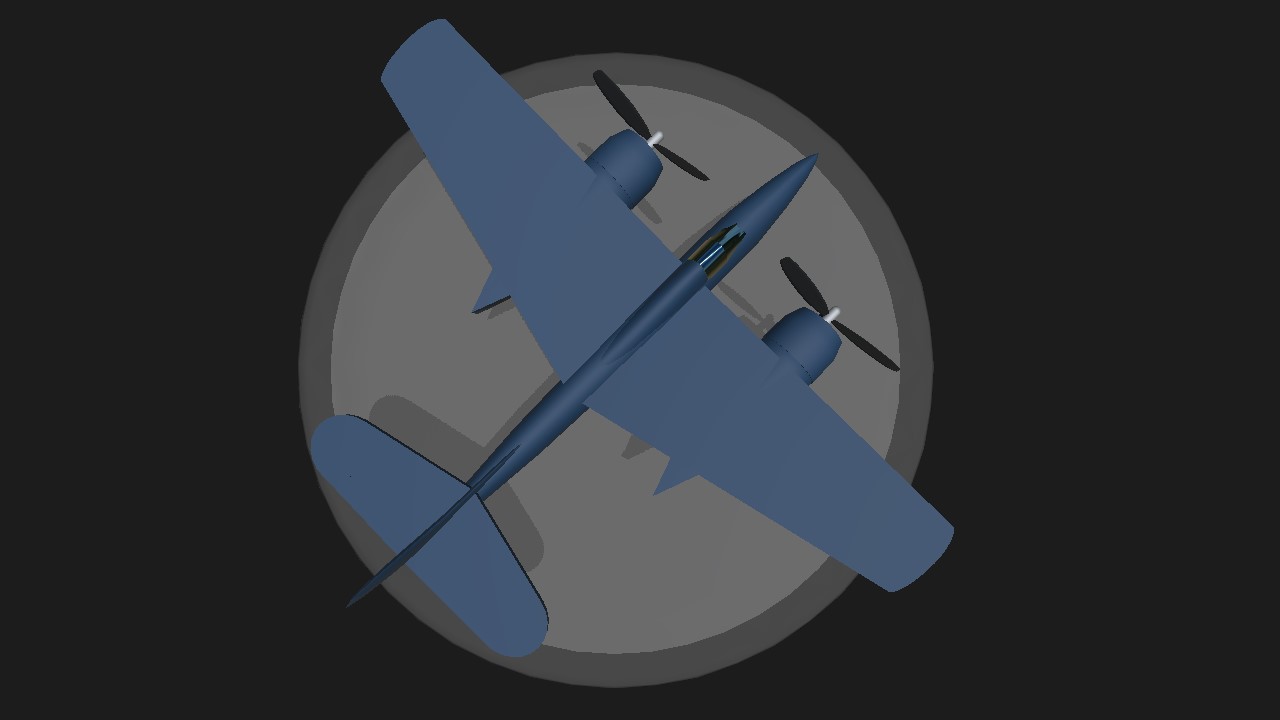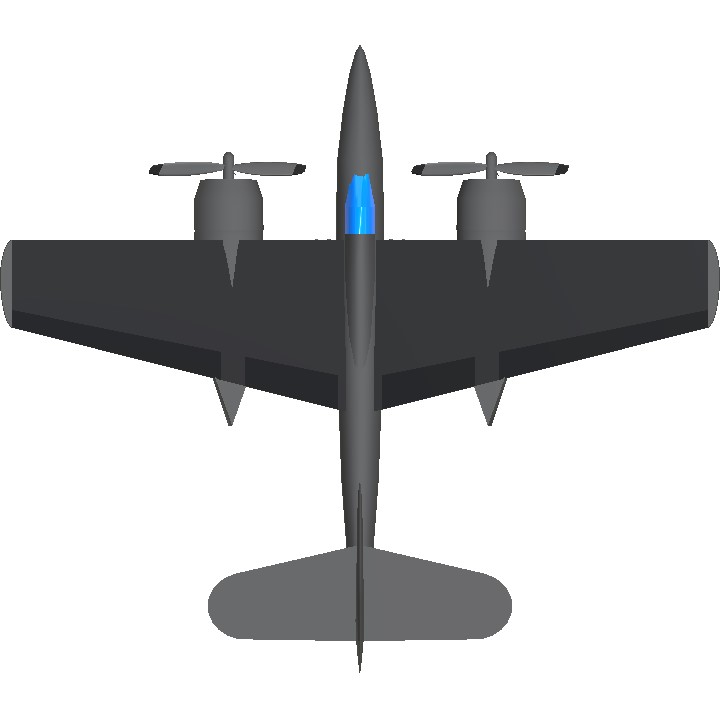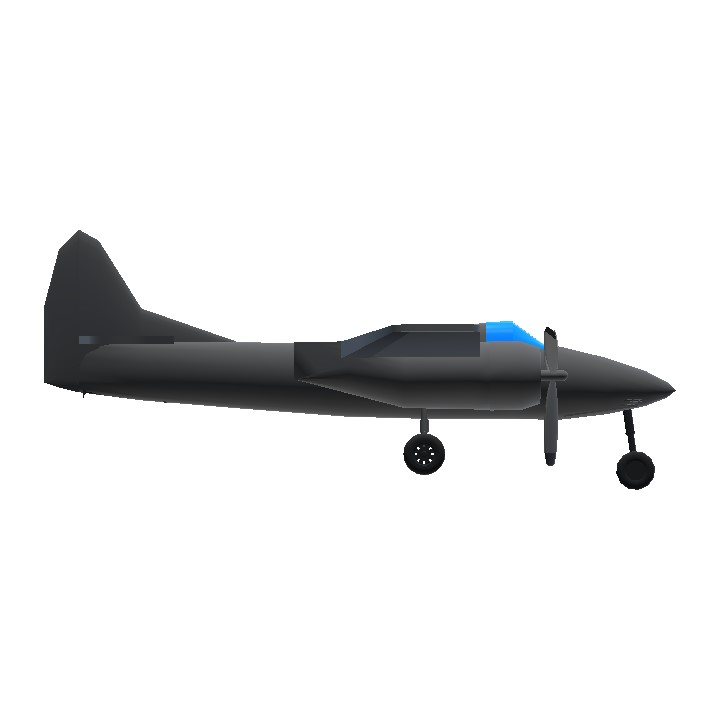Grumman F7F Tigercat
The Grumman F7F Tigercat was a formidable fighter aircraft developed by Grumman for the United States Navy during World War II. Envisioned as a multi-role, carrier-based fighter capable of outperforming anything the Japanese could put in the air, the Tigercat was a marvel of engineering that unfortunately missed its prime opportunity to shine. While seeing limited action in the Pacific Theater towards the end of the war, it distinguished itself more prominently in later conflicts and in specialized roles.
The Tigercat was designed with a singular goal in mind: to be the ultimate carrier-based fighter. To achieve this, Grumman packed it with cutting-edge technology and an abundance of power. Here's a breakdown of its key characteristics:
The Tigercat's true potential was realized in the Korean War. Marine Corps night fighter squadrons flying F7F-3N and F7F-4N Tigercats played a crucial role in intercepting enemy aircraft, particularly at night and in poor weather. The aircraft's powerful radar, heavy armament, and high speed made it an effective night interceptor.
Following the Korean War, the Tigercat was gradually phased out of military service. Some were converted for civilian use as fire bombers, serving for many years in that role and showcasing the aircraft's durability and reliability.
While it may not be as widely known as other WWII fighters like the P-51 Mustang or F4U Corsair, the Grumman F7F Tigercat remains a significant aircraft in aviation history. It was a technological marvel of its time, pushing the boundaries of piston-engine fighter design. Its limited wartime service and later contributions in Korea cemented its place as a capable and versatile warplane.
Possible Aircraft Nicknames:
"Double Trouble": A straightforward reference to its twin-engine configuration and potent firepower.
"The Kitty": A shortened, affectionate reference to the aircraft being one of "The Grumman Flying Feline Lineup".
"Night Prowler": Emphasizing its role as a night fighter.
"The Beast": Highlighting its power and aggressive appearance.
"Speed Demon": Recognizing its exceptional high speed.
"Twin Terror": Another reference to the twin engines and firepower.
"Zap Cat": Referencing its cannons and ability to deal heavy damage.
"Ground Pounder": If a discussion focused on its ground attack capabilities, this might be used.
"Widowmaker": (less likely, but plausible) This nickname is often attached to planes with tricky handling or a high accident rate, and some early Tigercats had a reputation for being challenging to fly.
Just add yours in the comments :)
- About the variant
F7F-1 Tigercat
Twin-engine fighter-bomber aircraft, powered by two Pratt & Whitney R-2800-22W radial piston engines. First production version, 34 built.
C O N T R O L S
Trim : Flaps, cruising 'rotate' adjuster
VTOL : Further flaps
Specifications
Spotlights
- nwa 6 months ago
General Characteristics
- Successors 1 airplane(s)
- Created On Android
- Wingspan 47.2ft (14.4m)
- Length 41.4ft (12.6m)
- Height 17.1ft (5.2m)
- Empty Weight 8,631lbs (3,915kg)
- Loaded Weight 14,808lbs (6,716kg)
Performance
- Horse Power/Weight Ratio 0.283
- Wing Loading 17.7lbs/ft2 (86.4kg/m2)
- Wing Area 836.9ft2 (77.8m2)
- Drag Points 3247
Parts
- Number of Parts 84
- Control Surfaces 9
- Performance Cost 547






